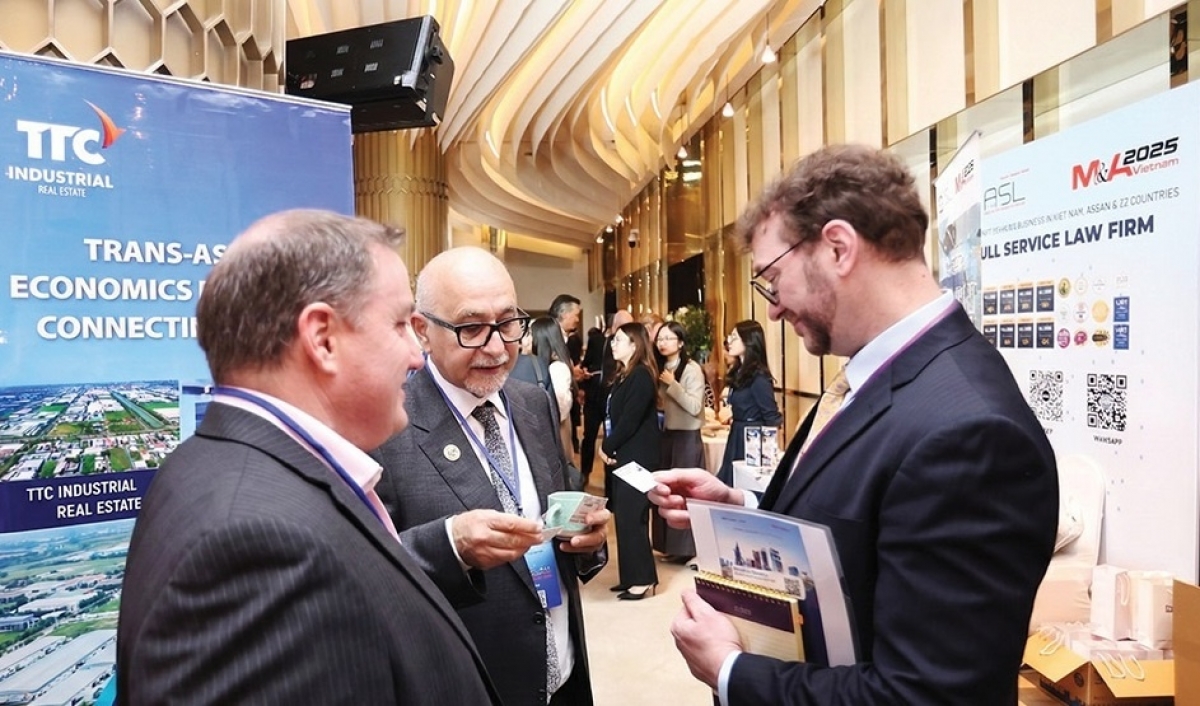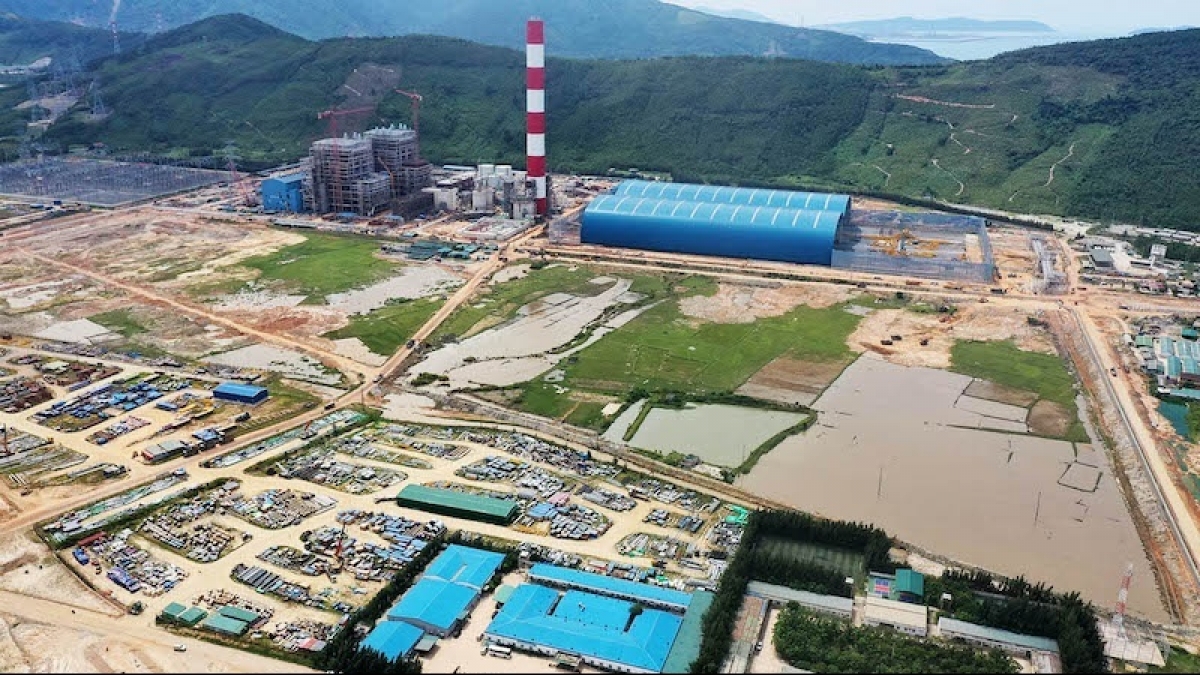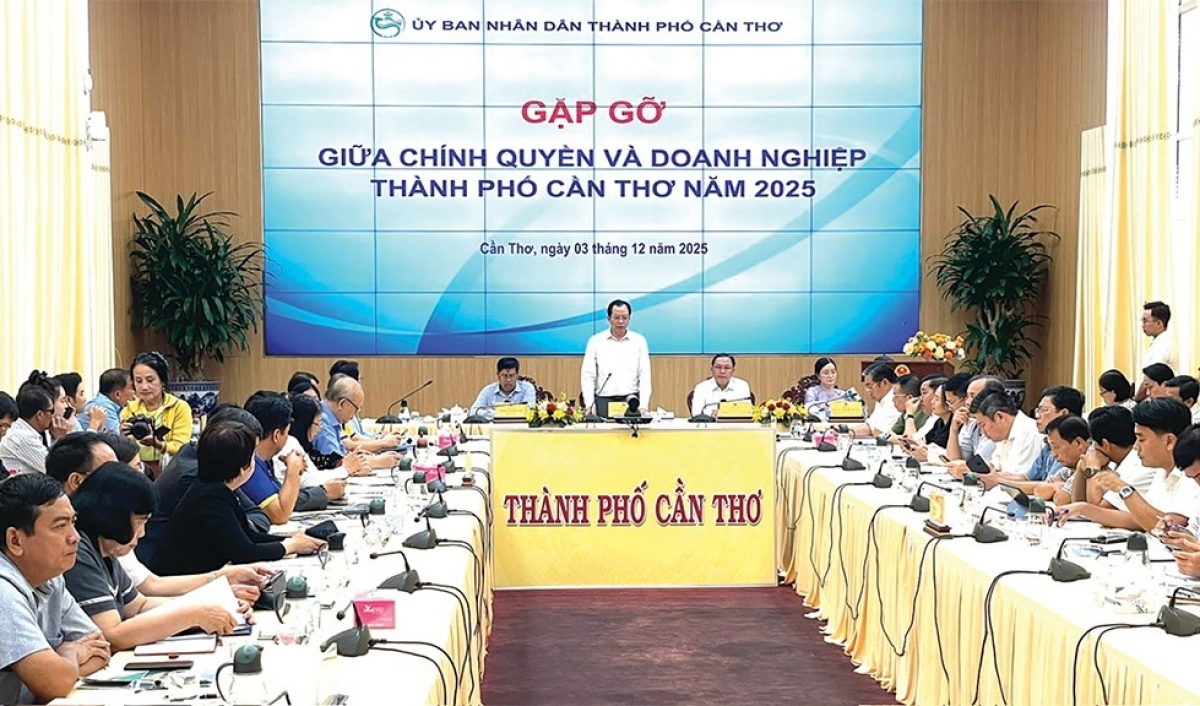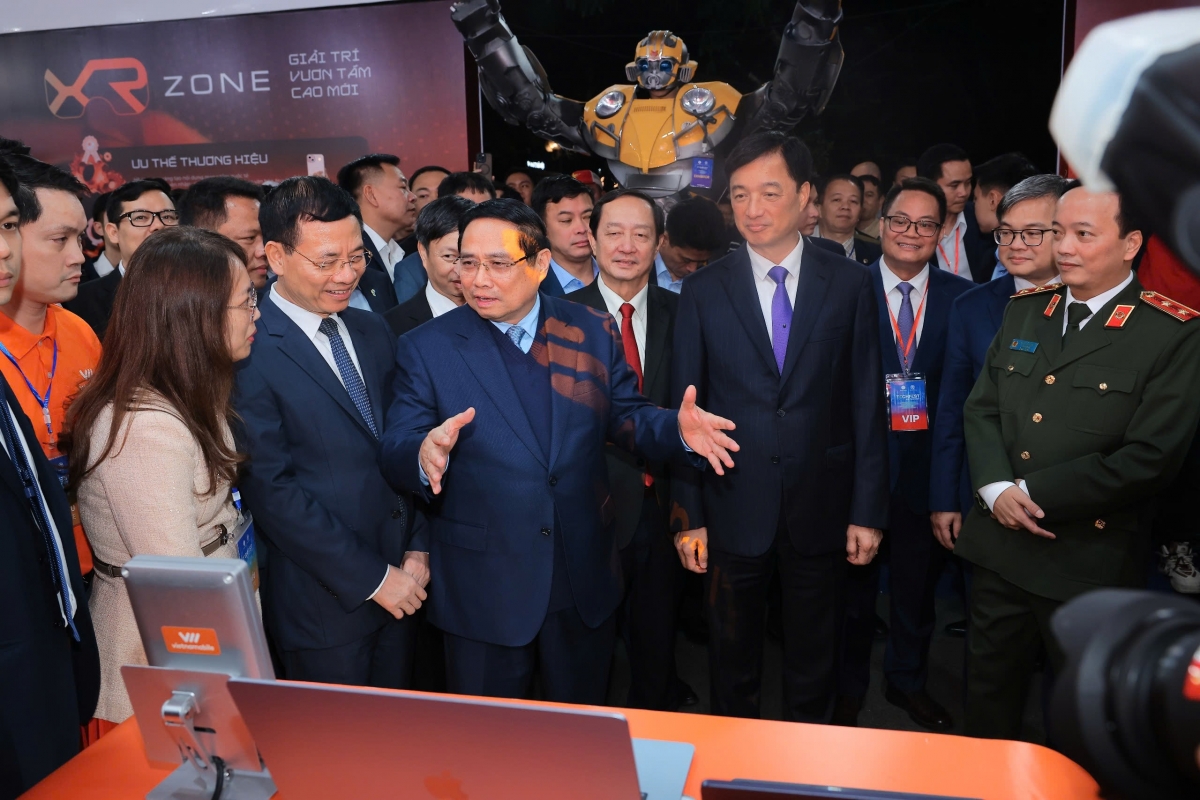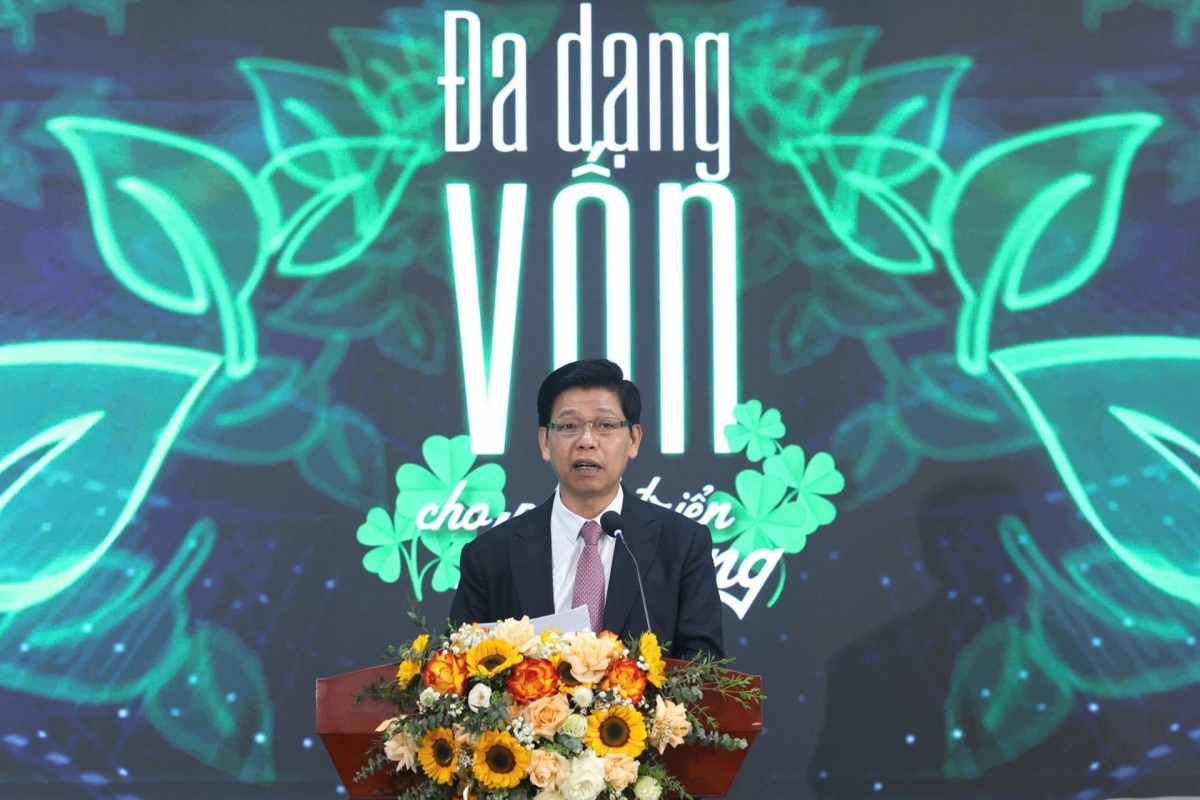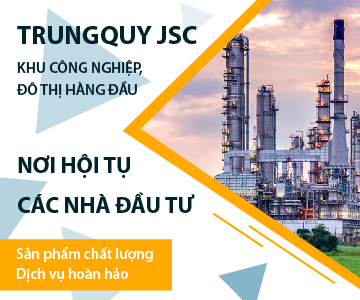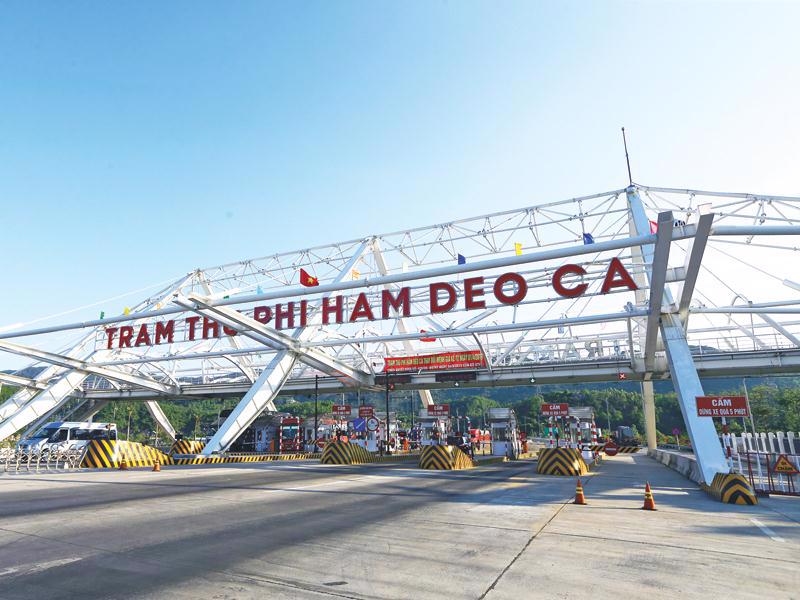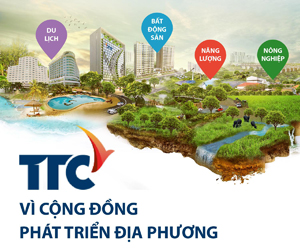INTERNATIONAL INVESTMENT
AND PORTAL
However, despite these challenges, Vietnam’s industrial parks (IPs) continue to offer significant growth opportunities due to a combination of strategic advantages and proactive adaptations to global economic shifts.
 Nguyen Lan Phuong, partner and Tran Ngoc Thanh Quang, associate Baker McKenzie in Vietnam
Nguyen Lan Phuong, partner and Tran Ngoc Thanh Quang, associate Baker McKenzie in Vietnam
The recent 90-day pause on the 46 per cent tariff implementation for Vietnamese exports to the US provides a critical opportunity for investors. This reprieve offers several aspects: Vietnamese authorities can negotiate better terms with the US; companies can speed up decisions before the tariffs potentially take effect; and businesses can establish a manufacturing presence while diplomatic solutions are being worked out.
During this period, Vietnam and the US have agreed to start negotiations on a comprehensive trade agreement. IPs can position themselves as safe havens for investors looking to set up manufacturing operations while these talks are ongoing. The elevation of Vietnam-US relations to a comprehensive strategic partnership in 2024 presents additional opportunities for concluding negotiations and fostering investment.
The US market plays a crucial role, which accounts for about 30 per cent of Vietnam’s exports. During the current period of policy instability, effectively tapping into the remaining 70 per cent of export markets outside the US will be crucial.
A range of export products, strong trade relations with China, ASEAN, South Korea, and Japan, and strategic positions in key free trade agreements reduce trade barriers and offer preferential tariffs. By focusing on diversifying markets and speeding up trade agreements, Vietnam and other countries can navigate the challenges of global trade tensions and tariffs to identify potential solutions.
Recently, this approach has encouraged both Vietnam and the European Union to elevate their relationship to a comprehensive strategic partnership. This partnership will aim to enhance cooperation in various sectors, including trade, investment, and sustainable development.
As part of ASEAN, the IPs can serve as regional production hubs, leveraging ASEAN’s economic integration and trade agreements. Vietnam accesses a 650-million-consumer market while its population of over 100 million, with a growing middle class, also offers a significant domestic market.
The growth of the domestic market is supported by rising disposable incomes and urbanisation. Vietnam’s IPs continue to expect a surge in investment from foreign investors targeting non-US markets.
Vietnam is undertaking the most sweeping administrative reforms since the economic reforms in the 1980s. These changes, which include new laws, accelerated implementation timelines, centralised government coordination, and provincial mergers, are creating significant new opportunities for IPs to thrive even amid trade tensions and tariff challenges. The number of ministries will be reduced from 18 to 14, along with the reduction, elimination, and merging of various government-affiliated agencies, departments, and intermediate layers within each ministry.
Vietnam will also reduce the number of provinces and cities from 63 to only 28 provinces and six central-cities within 2025. This includes the complete elimination of the district-level administrative tier and a reduction of commune-level administrative units by 60-70 per cent.
The Vietnamese government has set an extraordinarily ambitious timeline for implementing these sweeping changes. While new ministries have been operating since March, the state aims to finalise the provincial mergers and have the provincial authorities operational from September.
The consolidation of ministries creates powerful coordinating bodies that can more effectively align policies and streamline approvals for IPs. For example, the combined Ministry of Transport and Ministry of Construction can better align infrastructure development for industrial areas and the merged Ministry of Planning and Investment and Ministry of Finance can coordinate investment incentives and funding.
Through radical provincial reorganisation, Vietnam will not only reduce competition between neighbouring provinces for similar projects, but also have a more rational allocation of resources for industrial infrastructure.
For example, merging Ho Chi Minh City with Binh Duong and Ba Ria-Vung Tau will optimise land use and infrastructure investment. Binh Duong could specialise in electronics and manufacturing, leveraging existing IPs. Ho Chi Minh City could concentrate on high-value services, innovation, and research and development, creating a synergistic ecosystem. Ba Ria-Vung Tau could focus on port-related industries and logistics, given its long coastline.
Additionally, the Land Law that took effect last year and introduces probably the most sweeping changes to the land laws landscape for the last 25 years is sure to provide an effective management mechanism for these authorities to manage this most valuable asset seamlessly as well.
Despite the challenges posed by global trade tensions and new tariffs, Vietnam’s IPs are well-positioned to capitalise on significant growth opportunities. By diversifying export markets and leveraging strategic trade agreements, Vietnam and other countries can mitigate the impact of external risks.
 Japan's Hulic to invest in industrial projects across Vietnam
Japan's Hulic to invest in industrial projects across Vietnam
Japanese real estate developer Hulic announced on January 8 its plans to invest in Vietnam’s rapidly growing industrial segment through a joint-venture with Indochina Kajima for the Core5 Hung Yen and Core5 Quang Ninh ready-built factories.
 Green industrial parks present strong investment potential
Green industrial parks present strong investment potential
Following the increasing popularity of green industrial buildings, thanks to supportive government policies and rising demand from international clients, Vietnam's green industrial parks now offer substantial potential for attracting significant foreign investment.
 S&P Global acquires 43.4 per cent of Vietnam credit rating agency FiinRatings
S&P Global acquires 43.4 per cent of Vietnam credit rating agency FiinRatings
S&P Global Ratings, the world’s leading provider of independent credit ratings, announced on February 25 that S&P Global Inc. has agreed to acquire a 43.4 per cent minority shareholding in Vietnam’s leading credit rating agency, FiinRatings.
 New standards being reached within green industrial parks
New standards being reached within green industrial parks
Vietnam is steadily establishing itself as an attractive destination for foreign investment, particularly in the industrial real estate sector, with a growing number of industrial parks and factories designed to meet green and environmentally friendly standards.


